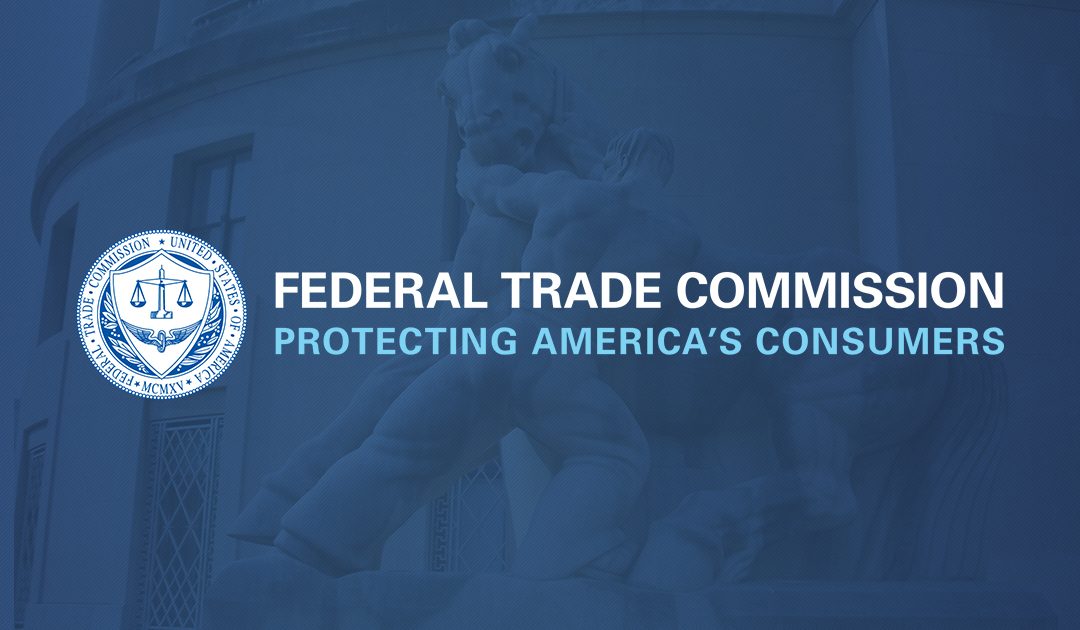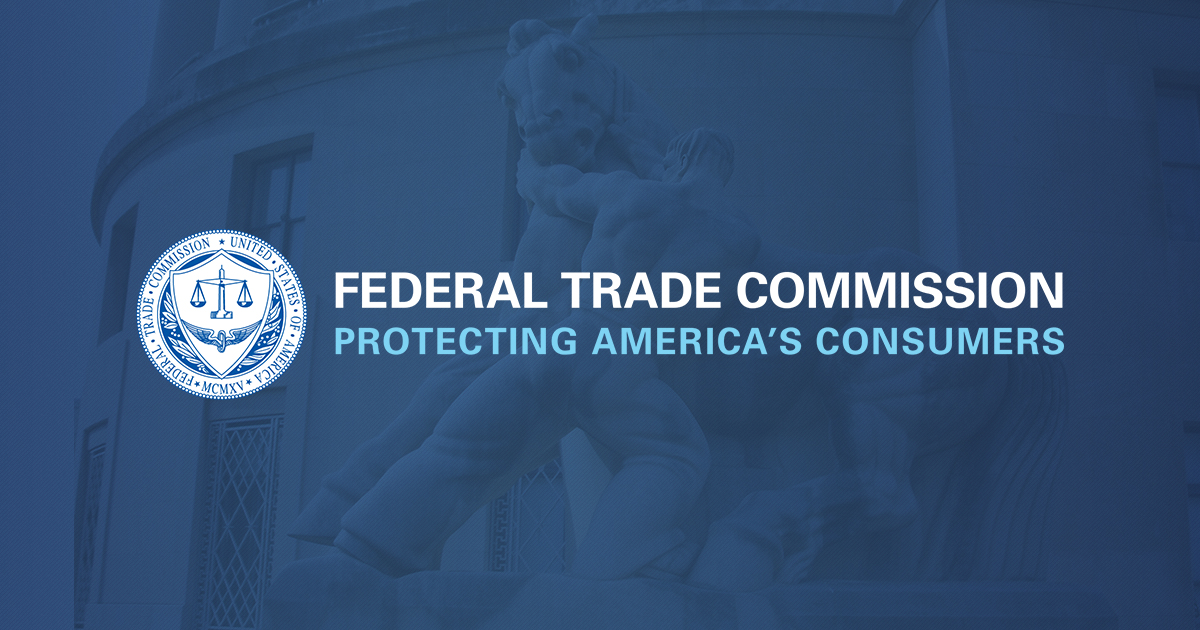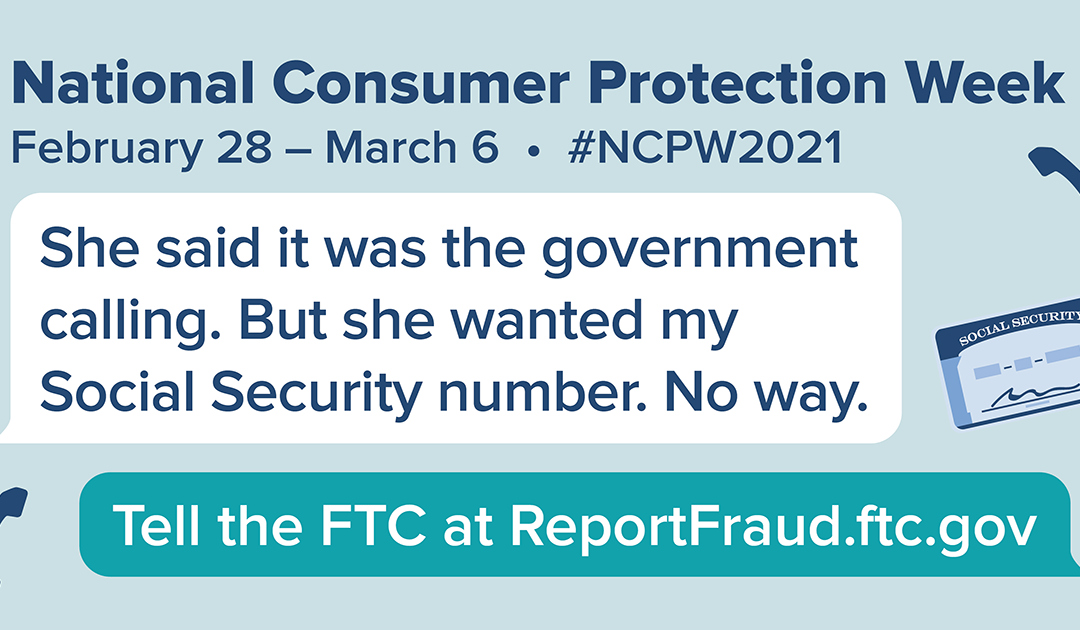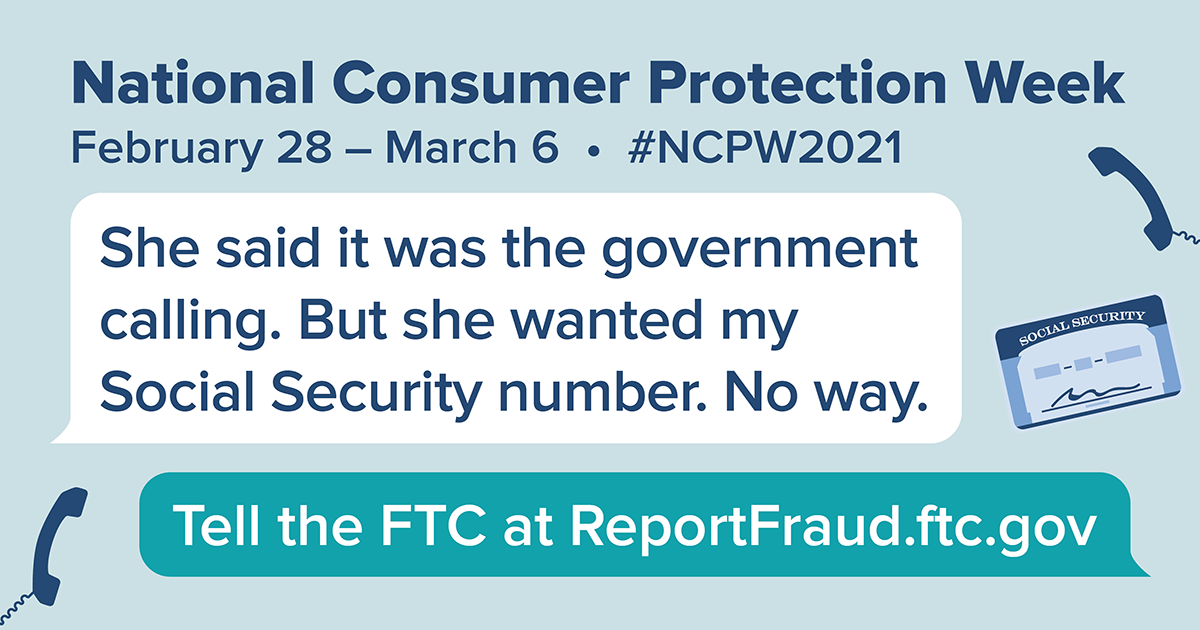Microsoft IOC Detection Tool for Exchange Server Vulnerabilities
This article is contributed. See the original author and article here.
This article is contributed. See the original author and article here.
This article is contributed. See the original author and article here.

This article was originally posted by the FTC. See the original article here.

Si usaste MoneyGram para enviarle dinero a un estafador entre el 1 de enero de 2013 y el 31 de diciembre de 2017, es posible que recibas pronto por correo un formulario de reclamación previamente completado. Los formularios de reclamación, de parte del administrador de reclamaciones Gilardi & Co. LLC, son el primer paso para la distribución del dinero del acuerdo resolutorio alcanzado con la FTC en 2018 por $125 millones de dólares. En ese caso, la FTC y el Departamento de Justicia de EE. UU. (DOJ) acusaron a MoneyGram de incumplir con los acuerdos para tomar medidas enérgicas para terminar con el fraude contra consumidores que involucra transferencias de dinero.
Para ser elegible para recibir un reembolso, debes remitir el formulario de reclamación dentro de los 90 días contados a partir de la fecha que figura en
el formulario.
En estos formularios de reclamación pre-completados figuran las pérdidas elegibles expresadas en dólares que se basan en los reportes de fraude presentados por la gente ante MoneyGram y las autoridades competentes. Si recibes un formulario y estás de acuerdo con el monto en dólares que figura como pérdida:
o Firma y fecha el formulario.
o Completa la información que pide el formulario.
o Devuélvelo por correo dentro del sobre que llegó junto con la carta.
Si recibes un formulario pero no estás de acuerdo con el monto en dólares indicado:
o Firma y fecha el formulario.
o Completa la información que pide el formulario.
o Envíalo por correo junto con copias de los documentos que respaldan el monto que reclamas. Puedes enviar copias de los recibos de MoneyGram, de los formularios de envío (“send” forms), o de los reportes de historial de transacciones con un número de control de transferencia de dinero (MTCN) de ocho dígitos. Puedes solicitar un reporte de historial de transacción en el sitio web de MoneyGram.
En el formulario de reclamación debes ingresar tu número de Seguro Social (SSN). Eso se debe a que el Treasury Offset Program, un programa federal de compensaciones, tiene que determinar si le debes dinero al gobierno de EE. UU. antes de que puedas obtener un pago. Y para hacerlo necesita tu número de Seguro Social.
Tú no tienes que pagar para presentar tu reclamación. Tú no necesitas un abogado para presentar una reclamación. No le pagues a nadie que se comunique contigo y te diga que te ayudará a presentar tu reclamación o a recuperar tu dinero.
A partir del 1 de junio de 2021, las personas que no hayan recibido un formulario pre-completado pueden empezar a presentar sus reclamaciones en línea en moneygramremission.com. Cuando presentas un formulario en línea, tienes que dar un número MTCN de MoneyGram. De lo contrario, podrás imprimir el formulario de reclamación y enviarlo por correo junto con copias de los recibos de MoneyGram, los formularios de envío (“send” forms) y los reportes de historial de transacciones. Si prevés presentar tu formulario de reclamación en junio, ya puedes comenzar a juntar tus recibos y demás documentación y hacer las copias necesarias. Una vez que se abra ese proceso, el plazo para presentar las reclamaciones es el 31 de agosto de 2021.
Para más información sobre la elegibilidad, el proceso de reclamación y otros temas relacionados con el caso, visita ftc.gov/moneygram y moneygramremission.com.
Brought to you by Dr. Ware, Microsoft Office 365 Silver Partner, Charleston SC.

This article was originally posted by the FTC. See the original article here.

The pandemic has caused financial distress because of lost jobs, income, and homes, and emotional distress because of social isolation. This week, during National Consumer Protection Week (NCPW), we want your help to reach people who might be a bit cut off from their social network. The FTC knows that people who talk about scams are less likely to fall for them, and we hope to spark discussions by offering conversation-starting ideas. To close out NCPW, here are a few ideas to help you and the people you care about spot and avoid a “free prize” con.
Prize and lottery scams can start many ways, but they often begin with an unexpected phone call. The scammers may claim to be from the government. Or an official-sounding organization. They make wild claims about big winnings, and demand payment up front. If you get a call like this, hang up. You probably already know that. But you may know someone who doesn’t. So give a call to someone who might be a bit isolated, who could use a reminder about these scams. Chances are, they would like to hear from you, and have a chance to talk about how things are going and what’s on their mind.
Here are a few tips you can share about prize and lottery scams when you chat:
Legitimate contests don’t ask you to pay a fee, or give your bank account or credit card number to get your prize.
Never send money by wire transfer, gift card, or cryptocurrency. Anyone who asks you to pay for things that way is a scammer.
Don’t trust caller ID. Scammers can make it look like they’re calling from anywhere.
After you talk, invite your friend or relative to call you back if they have questions, or if they get a surprise phone call. If they say they already spotted a scam or sent money, please ask them to report to ReportFraud.ftc.gov. You’re welcome to file report for someone, if they ask for help.
Brought to you by Dr. Ware, Microsoft Office 365 Silver Partner, Charleston SC.

This article was originally posted by the FTC. See the original article here.
Lots of people are having trouble sleeping, thanks to the pandemic and all the parts of our lives it’s affecting. And it doesn’t help when you get a call saying you owe the government money. Oh, and, they add, you’ll go to jail if you don’t pay up immediately. That’s a scam, and nothing to lose sleep over. For those who are a little more cut off from people than usual, these calls might feel more real and worrying than they are. If you know someone might be cut off from others right now, reach out to them to make sure they know these calls are scams.
Here are some things you might share with them about government imposters.
First, plenty of people have spotted calls, texts, and emails from bogus government officials. In 2020, people reported losing more than $174 million to government imposter scams, with a median loss of $1,250.
Second, you can share a few ways to spot these scammers in the act:
Sharing these tips might just help someone you care about sleep a little more soundly. And, of course, if you spot a scammer, talk about it, and then tell the FTC at ReportFraud.ftc.gov. Each report helps protect your community.

This blog post was updated on March 5th, 2021.
Brought to you by Dr. Ware, Microsoft Office 365 Silver Partner, Charleston SC.
Recent Comments